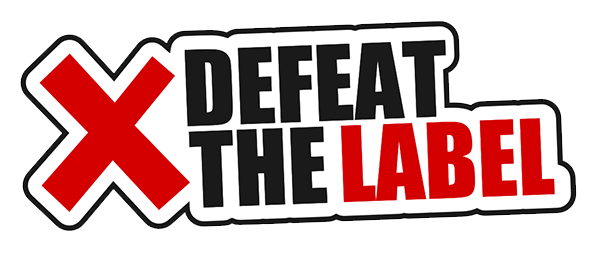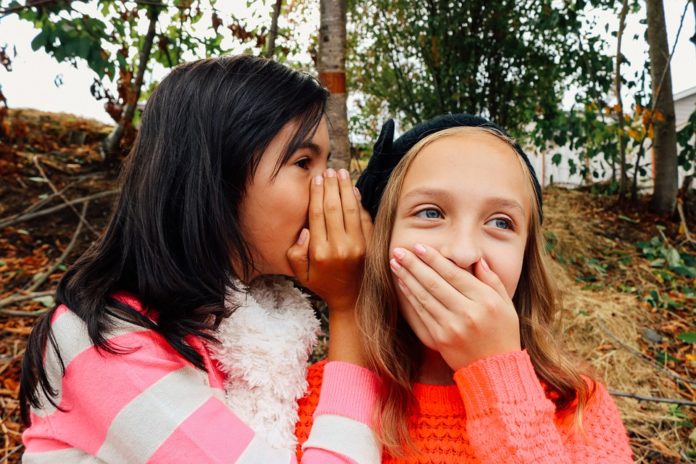Judgment – The Brain’s Best Friend and Worst Enemy
The ability to judge is an important function of the brain. Judgment in itself is neither bad nor good – it helps us make sense of information and choose as wisely as possible. However, as we all know, judgment can be applied in benevolent or malevolent ways. When I look both ways before crossing Woodward Avenue, I am making a life-saving judgment call about when it is safe for me to proceed. When I stereotype a stranger without knowing anything about who they are as an individual, I am contributing to the multi-faceted cycle of intergroup violence. In both cases, the mind uses information to understand the world and make a judgment – but the outcomes are vastly different.
Lesson 4 of Defeat the Label’s Up-stander curriculum addresses the role of judgment in stereotyping, a predominant factor contributing to bias-based bullying. We open Lesson 4 with an eye-opening activity bringing diversity to the class consciousness. Students are asked to anonymously identify their age, ethnicity, beliefs/values, and position in the family. Then, we display the collected answers on the board and discuss the diversity present in that very classroom. What I love about this activity is that many students realize they simultaneously have more and less in common with their classmates than they realize. One recent class was surprised to learn that most of them were the eldest child in their family, and also that there was incredible, globe-spanning ethnic diversity among the group. Students walk away from this activity with new eyes for themselves and their peers.
We spend the second half of Lesson 4 graduating the diversity conversation to one that considers the influence of stereotyping on social behavior. Our judgmental brain – that is, our brain which is wired to making judgment calls – gathers information about a person’s looks or behavior and then makes an oversimplified assumption about them. This type of automatic judgment is called inductive reasoning, or making broad generalizations from specific evidence. The inference might be positive, it might be negative – either way, it’s usually not accurate. Moving beyond snap judgments requires mindful awareness of one’s own thinking (see our previous post on Mindfulness below!) and the willingness to explore beyond social labeling. Instead of using judgment to label and belittle others, we can apply our judgment in service of bringing people together! Try it for yourself with this short activity:
1. Identify a negative social judgment you hold against a certain group of people (race, ethnicity, socioeconomic class, etc)
2. Find someone from that group to talk to. Learn three unique things about that person as an individual, and one thing you have in common
3. Notice how your perception of them changes when you make an effort to know the person instead of the stereotype
Author: Kelsey Dovico, DTL Program Facilitator


